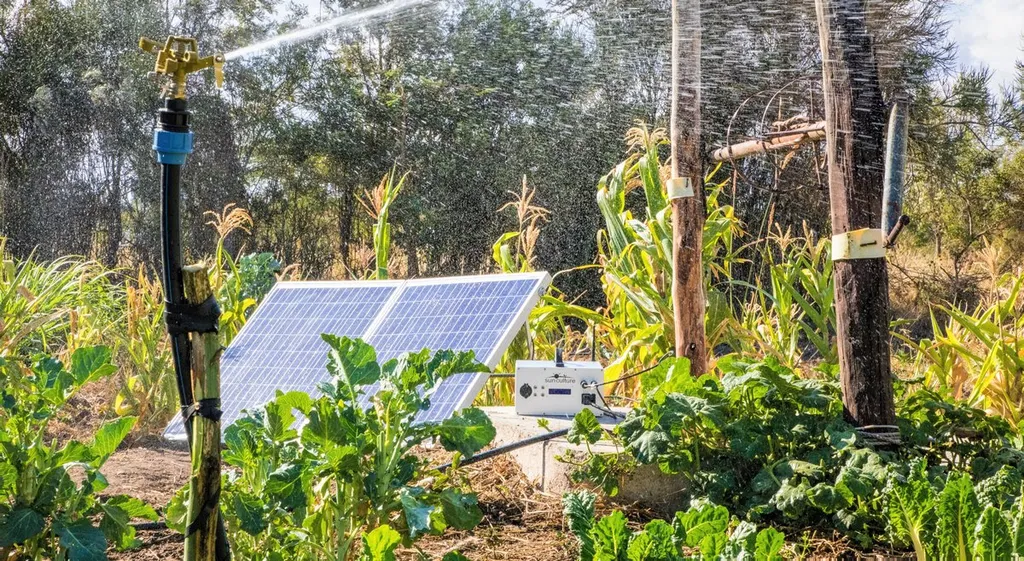In the sun-scorched fields of Tunisia’s Sidi Bouzid region, a quiet revolution is underway, one that could reshape the future of agricultural irrigation and renewable energy integration. Researchers have developed a hybrid water pumping system that harnesses the power of wind and solar energy, offering a sustainable and cost-effective solution for irrigation in rural areas. This innovation, detailed in a recent study published in the *International Journal of Renewable Energy Development* (translated from Arabic as the Journal of Renewable Energy Development), could have significant implications for the energy sector and sustainable agriculture.
At the heart of this innovation is Akram Amri, a researcher from the Laboratory of Advanced Technology and Intelligent Systems at the National Engineering School of Sousse, University of Sousse. Amri and his team have designed a system that operates without the need for battery storage, a common but expensive and environmentally taxing component in renewable energy systems. Instead, their hybrid system dynamically manages energy distribution, prioritizing solar power during peak sunlight hours and seamlessly transitioning to wind energy as solar availability declines.
The system comprises three principal subsystems: a wind turbine driving a Doubly-Fed Induction Generator (DFIG) connected to the grid via advanced converters, a photovoltaic (PV) module integrated via a DC/DC boost converter, and a water pumping unit consisting of an induction machine coupled to a centrifugal pump. The researchers developed mathematical models for each subsystem and implemented a suite of control algorithms to enhance overall performance and energy efficiency.
“Our goal was to create a system that could effectively meet crop irrigation requirements while optimizing energy use,” Amri explained. “By employing Maximum Power Point Tracking (MPPT) techniques, we ensure that we harvest the maximum energy from both wind and solar sources. The non-linear Sliding Mode Control (SMC) strategy manages the DFIG power output, while Input-Output Feedback Linearization (IOFL) controls the induction machine via a Voltage Source Inverter (VSI).”
The absence of battery storage is a significant cost-saving measure, making the system more accessible and affordable for rural communities. The dynamic Energy Management System (EMS) ensures optimal energy distribution, further enhancing the system’s efficiency and reliability.
The implications for the energy sector are profound. This innovation could pave the way for more efficient and cost-effective renewable energy solutions, particularly in regions with abundant wind and solar resources. By reducing reliance on traditional energy sources and minimizing the need for battery storage, this system offers a sustainable and environmentally friendly alternative.
Moreover, the success of this project in Tunisia could serve as a model for other regions facing similar challenges. As the world grapples with climate change and the need for sustainable agricultural practices, innovations like this hybrid water pumping system could play a crucial role in ensuring water and energy security.
Amri’s work is a testament to the power of innovation and the potential for renewable energy to transform agricultural practices. As the world looks towards a more sustainable future, this research offers a glimpse into the possibilities that lie ahead. The study, published in the *International Journal of Renewable Energy Development*, underscores the importance of continued research and development in the field of renewable energy, paving the way for a greener, more sustainable future.

